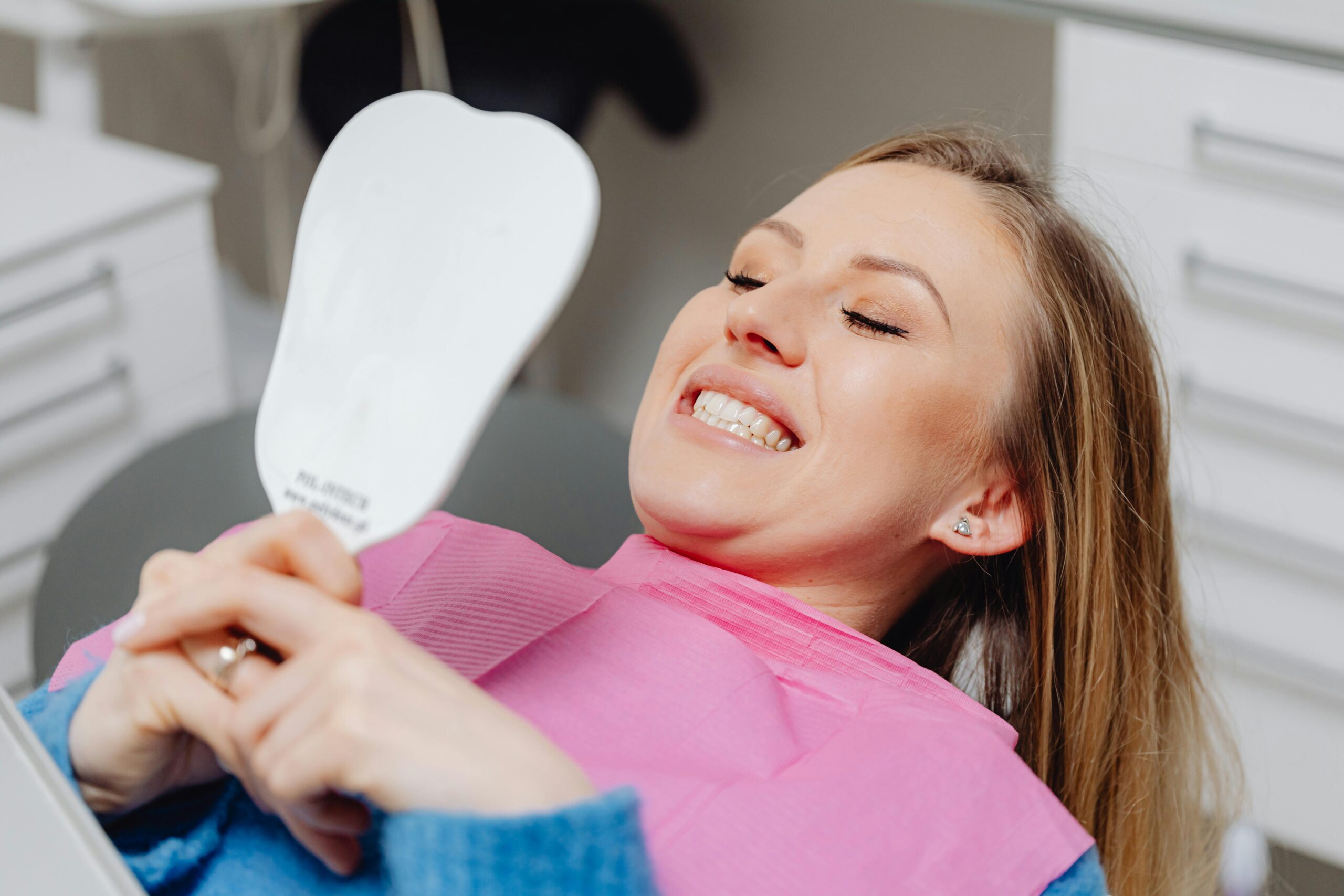A bright smile is often seen as a sign of good health and confidence. Over time, however, teeth can become stained from everyday habits like drinking coffee, tea, or wine, and even certain medications. Teeth whitening has become a popular way to restore that sparkle. But with so many options available, from professional treatments to over-the-counter products, choosing the right method can feel overwhelming. This guide will help you decide which teeth whitening method suits your needs best.
Types of Teeth Whitening Methods
Several teeth whitening options are available today, ranging from in-office treatments to at-home kits. Each option has its pros and cons, and it’s important to understand them before making a choice.
1. Professional In-Office Whitening
In-office whitening is performed by a dentist and usually involves the use of high-concentration bleaching agents. These treatments can whiten teeth several shades in just one visit, making it one of the quickest options. Some systems, like laser whitening, use a light or laser to accelerate the whitening process.
- Pros: Quick results, professional supervision, and highly effective.
- Cons: Expensive, and some people may experience temporary sensitivity.
2. At-Home Whitening Kits
At-home whitening kits are provided by dentists and usually include custom-fitted trays and a bleaching gel. These kits are used over a period of days or weeks and can be just as effective as in-office treatments but at a lower cost.
- Pros: Convenient, more affordable than professional treatments, and can be done at your own pace.
- Cons: Takes longer to see results, and improper use can cause gum irritation.
3. Over-the-Counter Whitening Strips and Gels
Whitening strips and gels are available at most drugstores and are popular for their ease of use. These products typically contain lower concentrations of bleaching agents compared to professional options.
- Pros: Affordable and easy to find.
- Cons: Results may be less dramatic, and it can take weeks to see noticeable changes.
4. Whitening Toothpaste
Whitening toothpaste is one of the most accessible options for maintaining or gradually improving the brightness of your smile. These toothpastes contain mild abrasives and small amounts of bleaching agents to help remove surface stains.
- Pros: Affordable, easy to use, and can help maintain results after more intensive treatments.
- Cons: Limited whitening effect, as it only works on surface stains.
5. Natural Whitening Methods
Some people prefer natural methods, such as brushing with baking soda or using hydrogen peroxide as a rinse. While these methods are inexpensive, they are not as effective as professional treatments and should be used with caution to avoid damaging your enamel.
- Pros: Cost-effective and widely available.
- Cons: Limited results and potential risk of enamel erosion with overuse.
Factors to Consider When Choosing a Teeth Whitening Method
Choosing the right teeth whitening method depends on various factors, including your lifestyle, budget, and how fast you want results. Let us look at some key considerations to help you make the best decision.
1. Teeth Sensitivity
If you have sensitive teeth or gums, you should be careful when choosing a whitening method. Professional treatments often use stronger bleaching agents, which can lead to increased sensitivity. At-home kits with lower concentrations may be a better option if you’re prone to sensitivity.
2. Stain Type
The type of stains on your teeth will influence the method you choose. Surface stains from food, drinks, or smoking can often be treated with over-the-counter products like strips or toothpaste. However, deeper stains, such as those caused by medication or aging, may require professional whitening treatments for more significant results.
3. Time Commitment
How quickly do you want to see results? In-office whitening offers the fastest results, often in a single session. At-home kits and strips require more time, typically a few days to several weeks. Whitening toothpaste and natural methods take the longest but are better for long-term maintenance.
4. Budget
Your budget plays a significant role in your choice of whitening method. In-office whitening can cost several hundred dollars, while over-the-counter products are much more affordable. Consider how much you’re willing to spend and whether a professional treatment or DIY option suits your financial situation better.
5. Longevity of Results
How long you want your results to last is another important consideration. Professional treatments usually offer longer-lasting results, especially when paired with good oral hygiene habits. Over-the-counter products and natural methods might need more frequent touch-ups to maintain the desired level of whiteness.
DIY vs. Professional Teeth Whitening: Which is Better?
Both DIY and professional teeth whitening methods have their merits, but which is better depends on your specific needs. Here’s a comparison of the two:
DIY Teeth Whitening
- Benefits: Affordable, convenient, and accessible without a prescription.
- Drawbacks: Takes longer to see results, and the lower concentration of bleaching agents may not effectively treat deeper stains.
Professional Teeth Whitening
- Benefits: Fast, effective, and supervised by a dental professional, ensuring safety and optimal results.
- Drawbacks: More expensive and requires a visit to the dentist.
For someone seeking quick, dramatic results, professional whitening is the better choice. However, if you’re on a budget and prefer a gradual approach, DIY methods can still offer good results over time.
Conclusion
Choosing the right teeth whitening method ultimately comes down to your individual needs, sensitivity, budget, and how fast you want to see results. Whether you opt for a professional in-office treatment or a more affordable at-home option, each method has its pros and cons. Consider your specific goals and consult with your dentist if you’re unsure about which option is best for you. With the right approach, you can achieve a brighter, more confident smile.
FAQs
1. How long do teeth whitening results last?
The longevity of results depends on the method used and your oral care habits. Professional treatments can last up to a year or more with proper care, while at-home methods may require touch-ups every few months.
2. Are there any side effects of teeth whitening?
Some people experience temporary tooth sensitivity or gum irritation after whitening treatments. These side effects are usually mild and go away after a few days.
3. Can I whiten my teeth if I have dental restorations?
Teeth whitening treatments do not work on crowns, veneers, or fillings. If you have dental restorations, consult with your dentist about the best whitening options.
4. Is it safe to whiten teeth at home?
Over-the-counter products and DIY methods are generally safe when used as directed. However, overuse or improper application can damage your enamel, so it’s important to follow instructions carefully.
5. How often should I whiten my teeth?
It depends on the method and your individual needs. Professional treatments may only be needed once a year, while at-home methods can be used every few months to maintain results.
6. Can teeth whitening damage enamel?
When done correctly, teeth whitening is safe. However, excessive use of bleaching agents or harsh abrasives can wear down enamel over time. Always follow instructions and avoid overusing whitening products.
7. What causes teeth to stain?
Teeth can become stained from consuming foods and drinks like coffee, tea, red wine, and soda. Smoking and certain medications can also cause discoloration over time.
8. What is the safest teeth whitening method for sensitive teeth?
If you have sensitive teeth, opt for at-home kits with lower concentrations of bleaching agents or consult your dentist for recommendations. Professional treatments that use desensitizing gels are also available for sensitive teeth.



